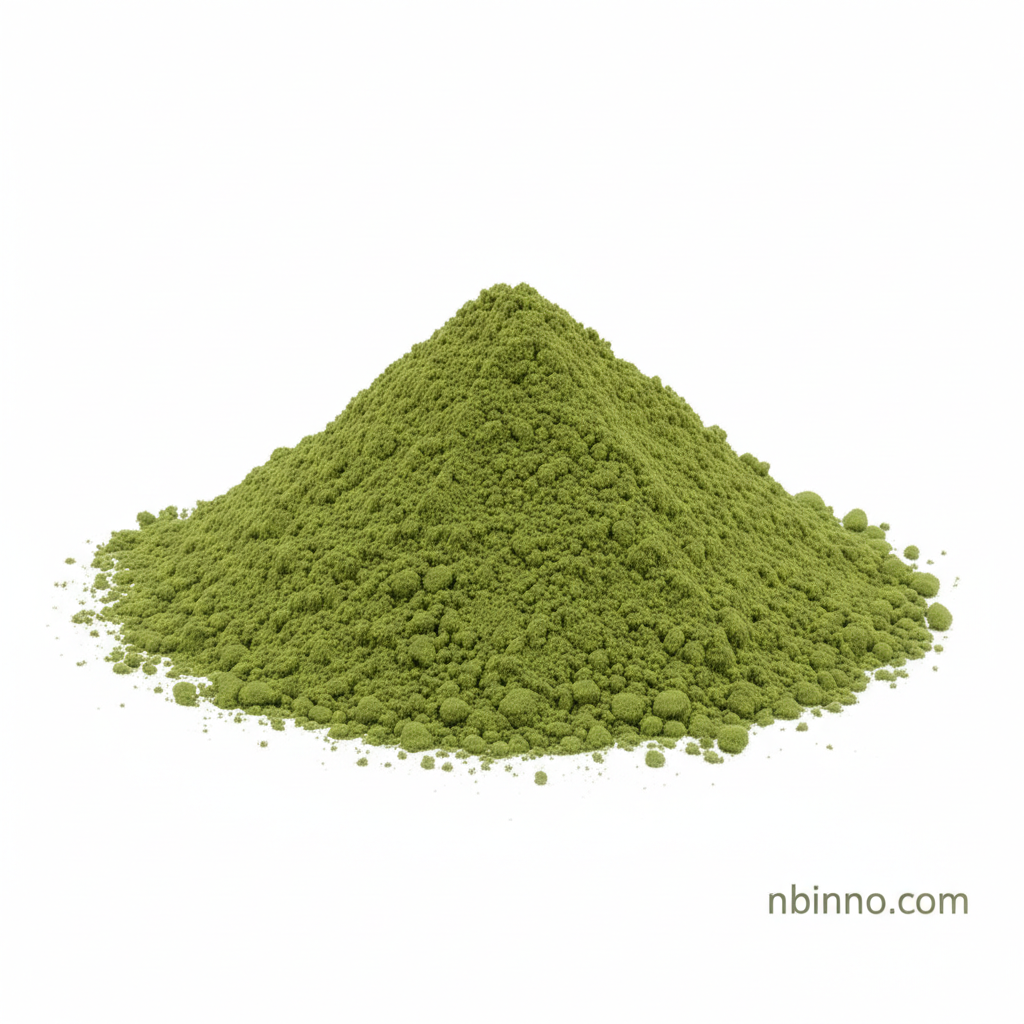8-Anilino-1-Naphthalenesulfonic Acid Ammonium Salt Hydrate: A Key Fluorescent Probe
Unlocking insights into protein folding, membrane dynamics, and hydrophobic interactions through advanced chemical analysis.
Get a Quote & SampleProduct Core Value

8-Anilino-1-Naphthalenesulfonic Acid Ammonium Salt Hydrate
This high-purity chemical compound serves as an indispensable tool in modern biochemical and biophysical research. Its primary utility lies in its function as a fluorescent probe, adept at detecting the presence of hydrophobic sites within various solutions, including those of acrylamide and N-alkyl-acrylamide copolymers.
- Introduction to hydrophobic site detection in solutions: Researchers widely use this compound to probe and understand hydrophobic regions in complex biological systems.
- Crucial for protein folding and interactions: Its application in studying protein folding and protein interactions provides critical data on molecular behavior.
- Essential for biological membrane dynamics probe: This chemical is vital for investigating the dynamics of biological membranes, offering insights into cellular processes.
- Reliable structural stability of proteins analysis: The compound aids in understanding the conformational changes and overall structural stability of macromolecules.
Key Advantages
Exceptional Purity
Available with high purity levels, often exceeding 97% or even 99.5%, ensuring reliable and reproducible experimental results for your critical research needs.
Versatile Fluorescent Properties
As a fluorescent probe, it enables sensitive detection and real-time monitoring of molecular events, crucial for detailed biochemical research applications.
Broad Applicability in Research
Its use in protein analysis and membrane studies makes it a versatile chemical reagent for a wide array of biophysical and biochemical research endeavors.
Key Applications
Protein Folding Studies
Leveraging its fluorescent properties, this compound is instrumental in investigating the intricate process of protein folding and misfolding.
Protein Interaction Analysis
It aids in mapping and understanding how different proteins interact with each other, shedding light on cellular signaling pathways.
Biological Membrane Dynamics
Researchers utilize this chemical to study the fluidity, structure, and function of cell membranes, critical for cellular health.
Hydrophobic Site Mapping
Its ability to bind to hydrophobic regions makes it a precise tool for identifying and characterizing these sites in various molecular contexts.
